|
The world is evolving at a fast pace, which strongly underlines the need to compete with peers. Digital transformation is therefore one of the key factors for the competitive advantage in the market. DevOps and cloud infrastructure have become two ways that businesses can make the transition they need because DevOps deals with workflow and process development, while cloud computing is directly related to cloud network services. It is crucial to consider how Cloud and DevOps work together to help companies meet their transition goals.
18 Comments
Kubernetes is widely recognized as an open-source container orchestration tool. It handles the responsibility to maintain container management. This includes scaling and descaling of containers, container deployment, and load balancing of the containers. Your business needs Kubernetes to maintain the containers as much as it needs Docker to create them. Agile once revamped the businesses from the previous traditional waterfall model. This model works as an iterative approach to the development and testing processes in the Software Development Life Cycle (SDLC) of your business.
The implementation of the CI/CD (Continuous Integration/Continuous Deployment) Pipeline is the foundation of the modern DevOps environment. It bridges the gap between development and operations teams by automating the building, testing and deployment of applications.
With ever-changing consumer preferences, direct-to-consumer sales are trending. E-commerce is possessing a significant threat to traditional brick and mortar stores. In recent years, many retailers started building their digital retail platforms but often ended up short compared to e-commerce companies. Retailers are falling back in digital space because of their traditional business practices, operational models and lack of digital capabilities. Many retailers have struggled to adopt technology innovations moving to cloud-based or SaaS solutions for day-to-day operations.
There are two common Version Control Systems (VCS): centralized and distributed. Distributed version control is modern, faster, less error-prone and has more functionalities. However, it is very difficult to understand. You must decide if the extra challenge is worth it!
Version control system is used to maintain the changes made to an artifact over time. Artifacts can be documents, code files or any kind of executables. By giving a specific version number, we can easily identify the changes committed to prior version, get snap shot of the artifact or undo/roll back the change committed. Before the advent of DevOps, software development was carried out using different methodologies. Among them, Waterfall and Agile methodologies were the most prevalent. Let's have a look at how DevOps has revolutionized the world of technology development.
|
Tech TalksStay up to date with the tech world and the latest trends in the industry. Archives
August 2021
Categories
All
|
|
H-Town Technologies Inc. is designed to
provide continuous and comprehensive support to all our clients in IT Consulting, Development and Managing their day-to- day business operations in the IT sector. |
|
COPYRIGHT © 2020. H-TOWN TECHNOLOGIES INC. ALL RIGHTS RESERVED.

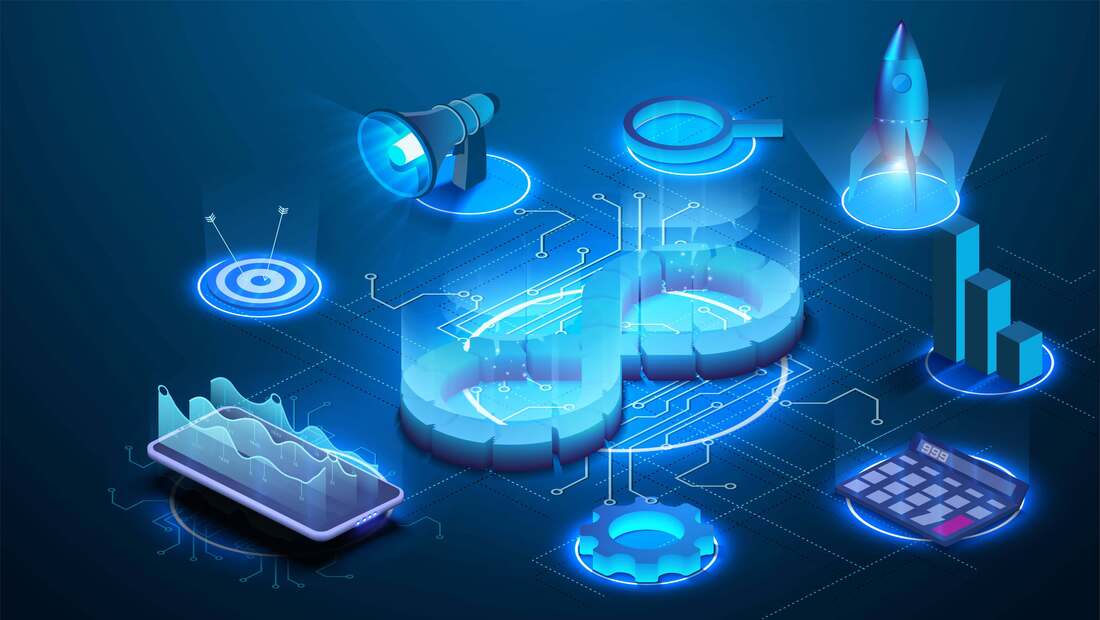
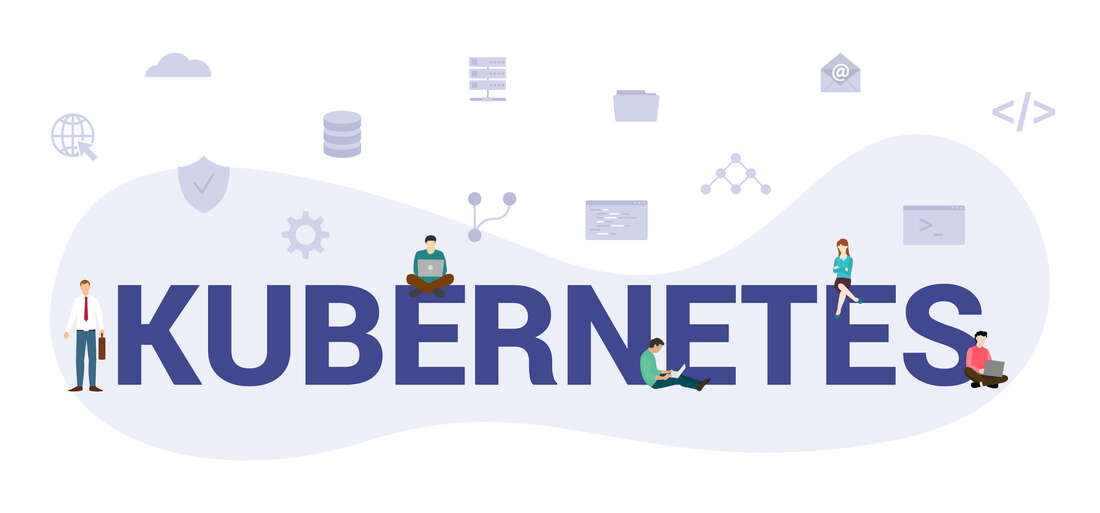
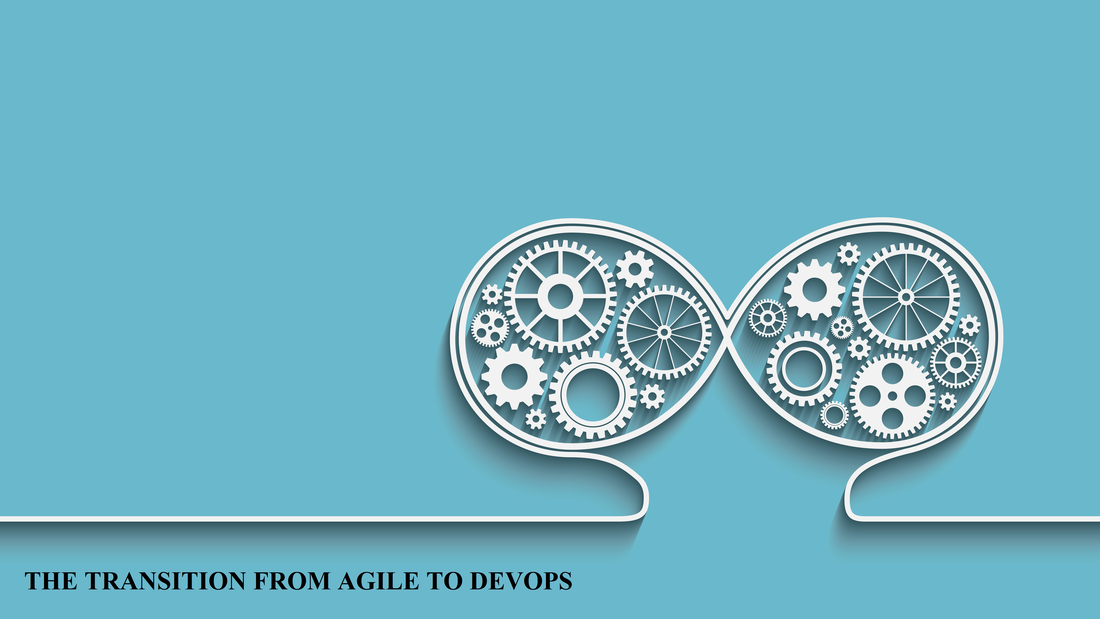
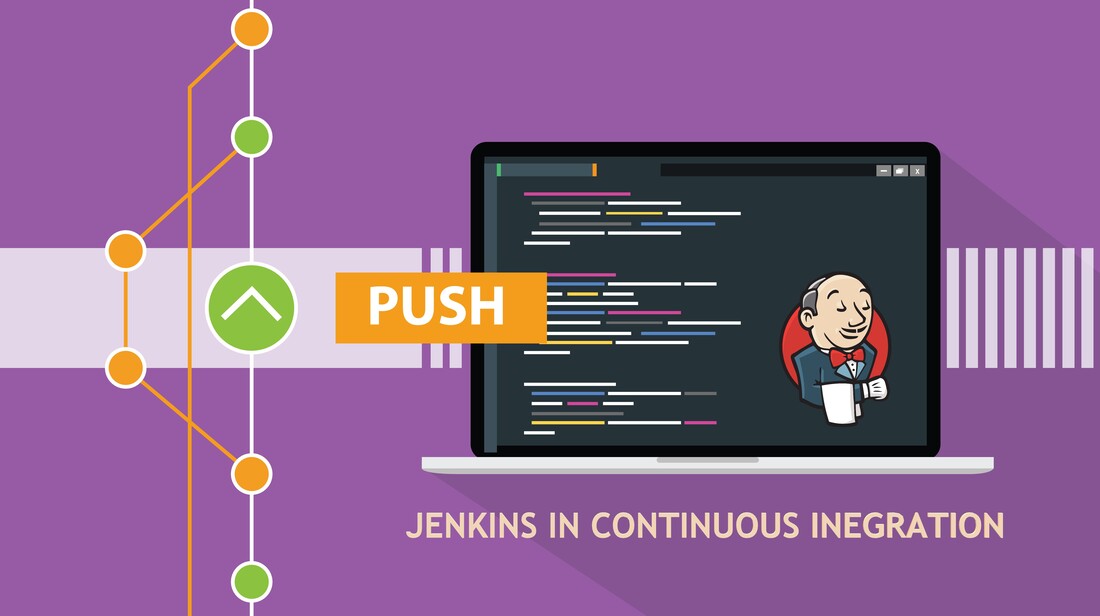

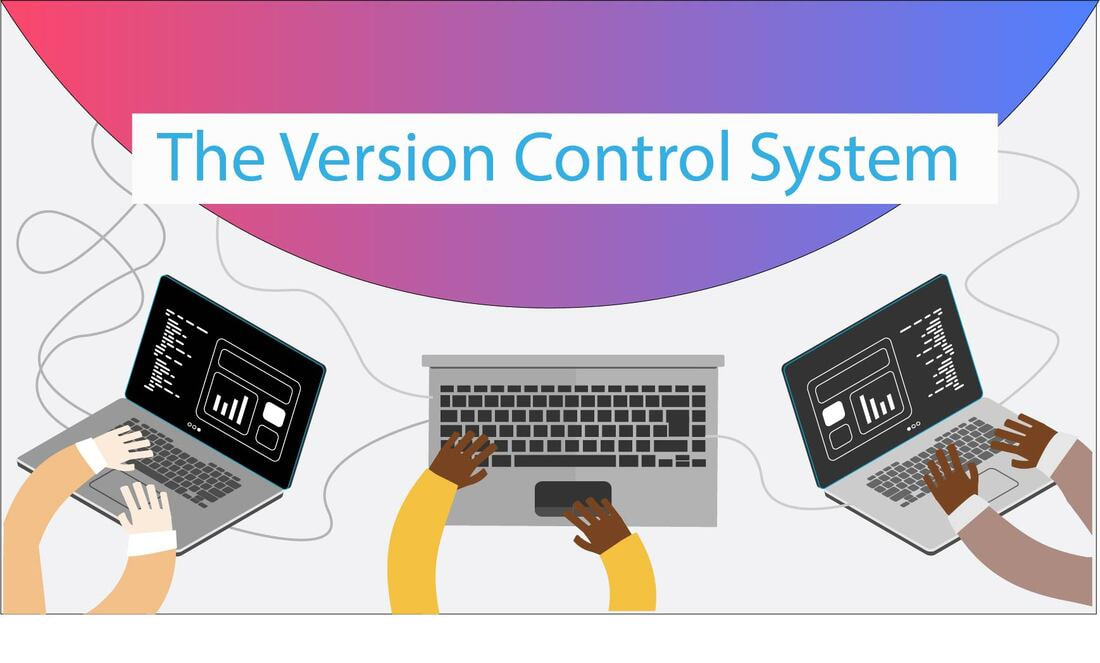

 RSS Feed
RSS Feed
